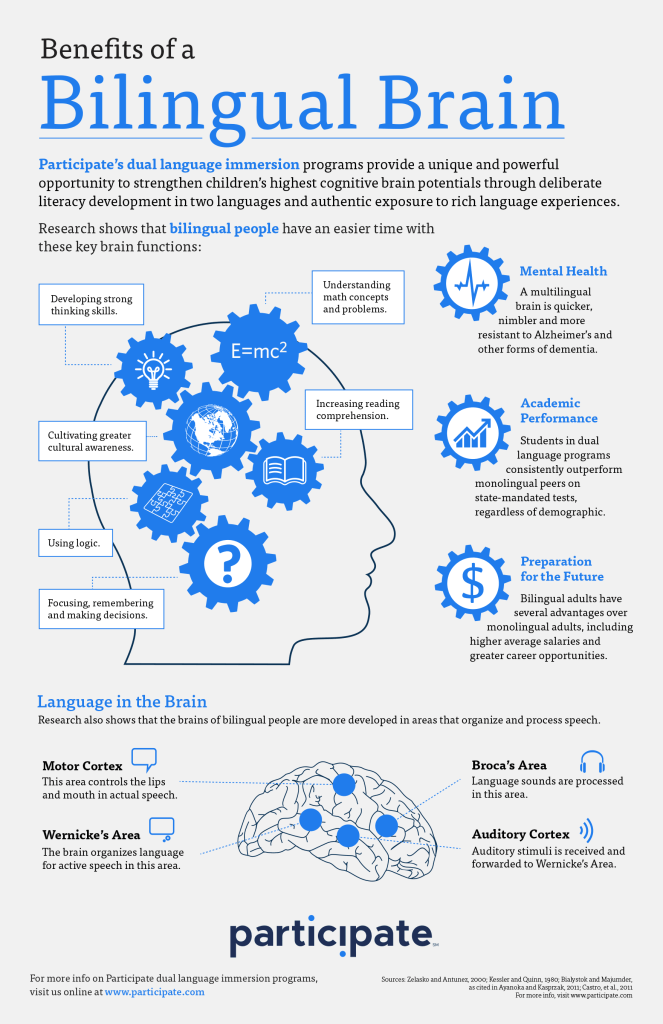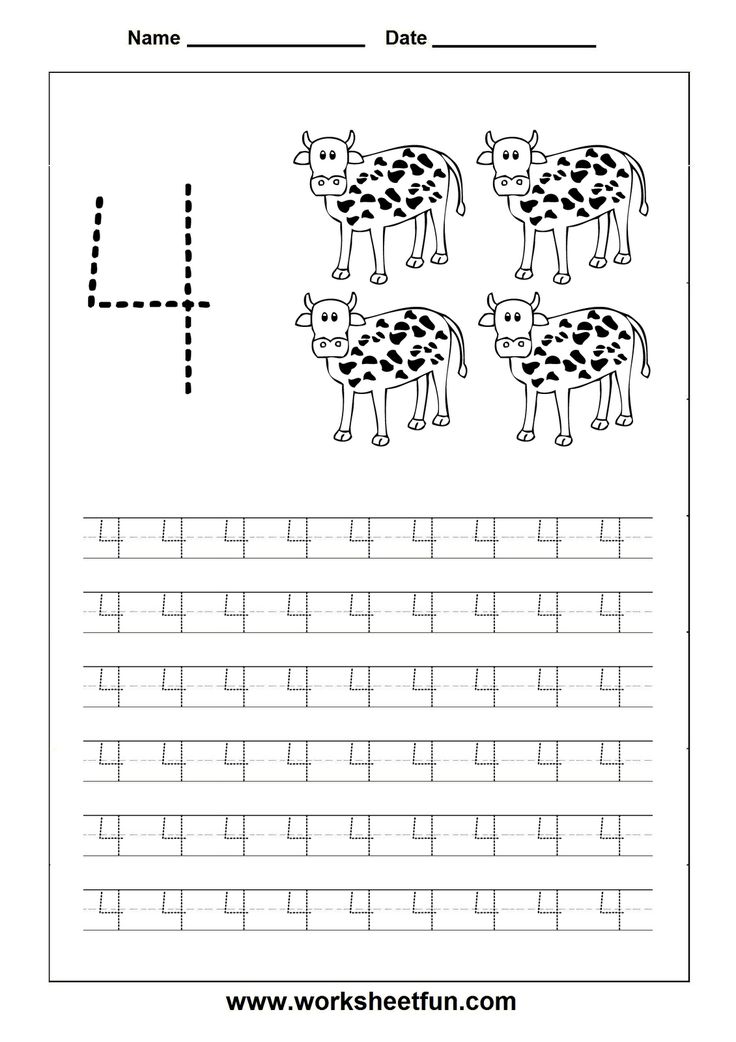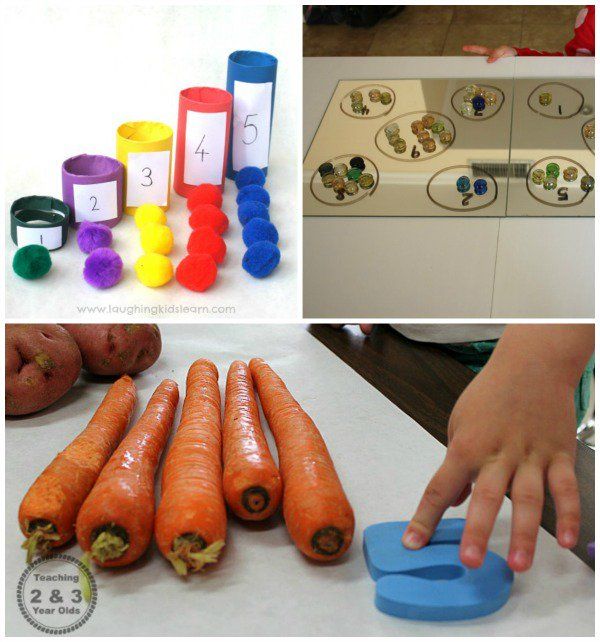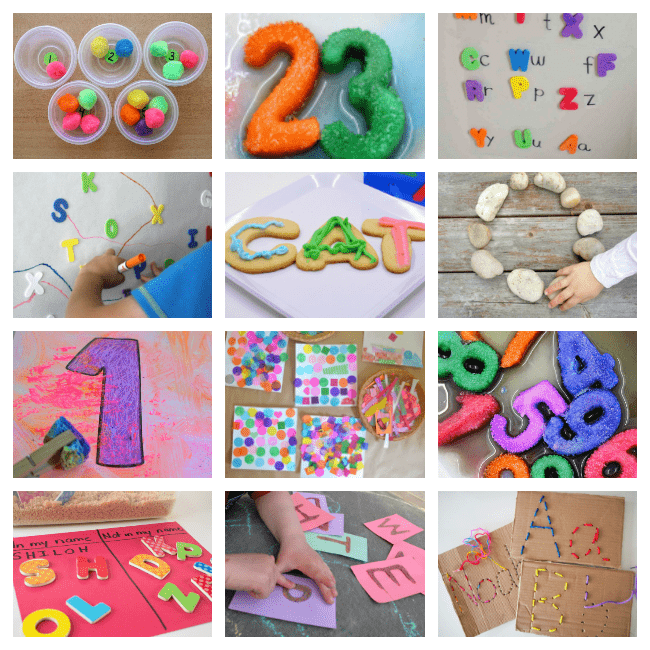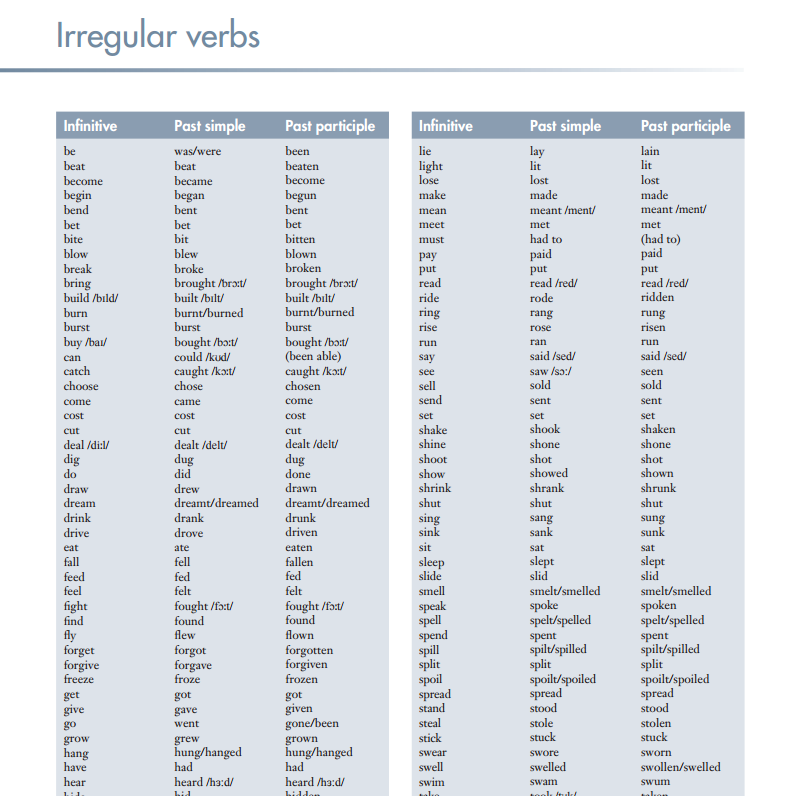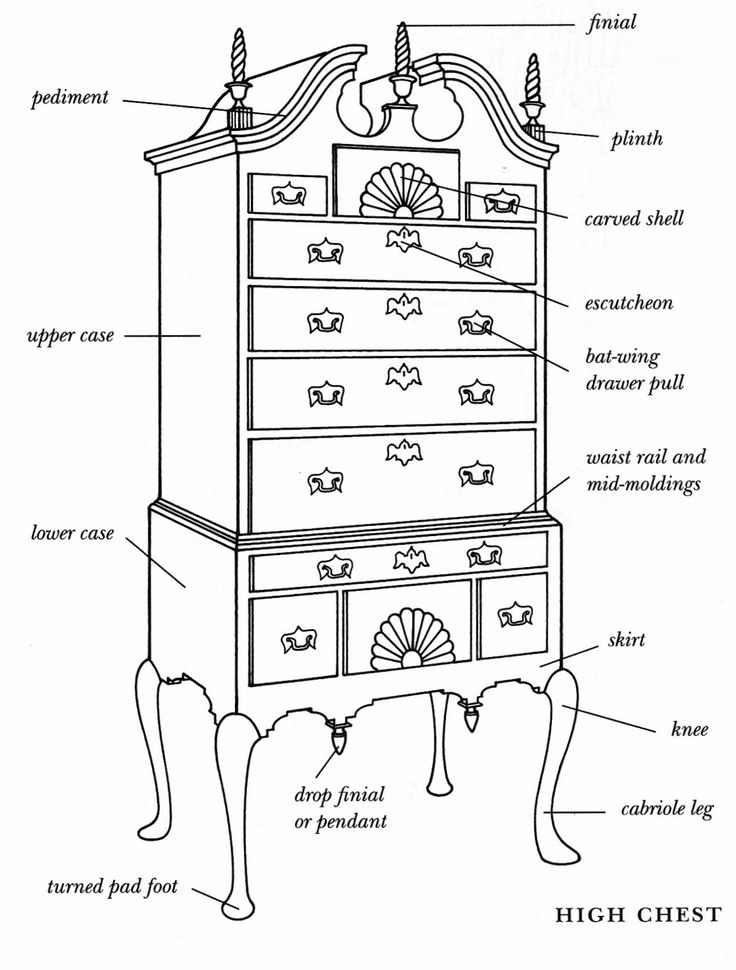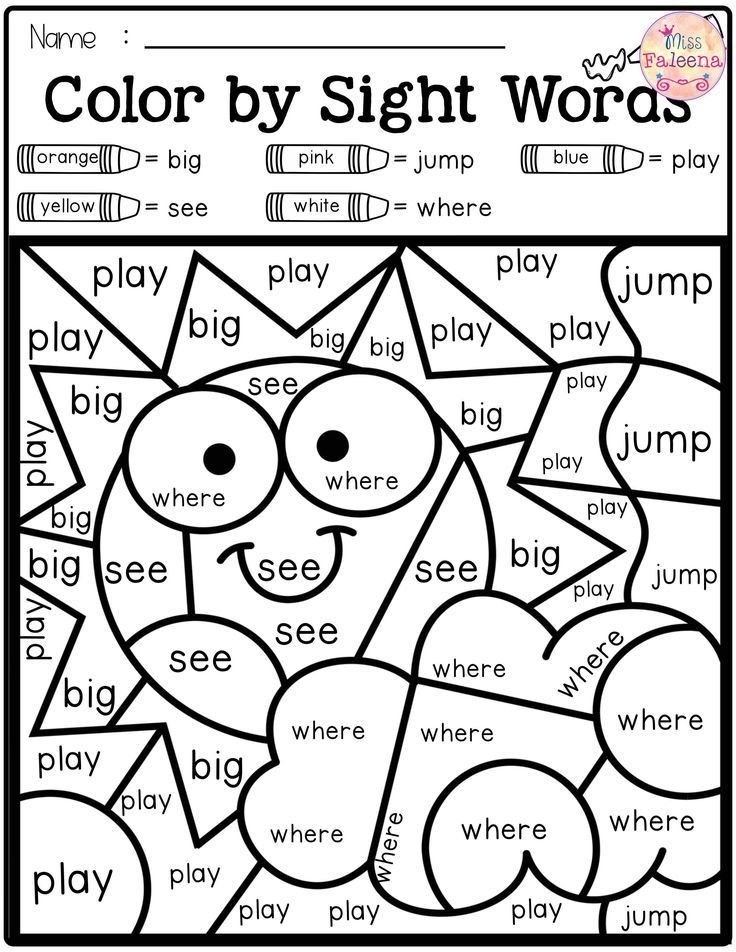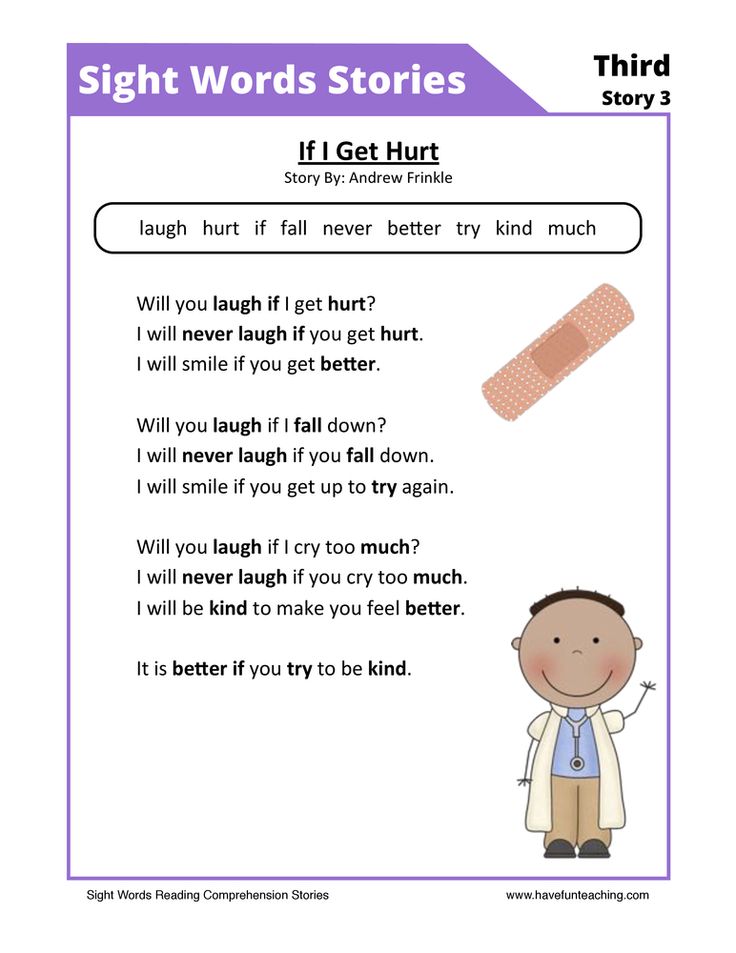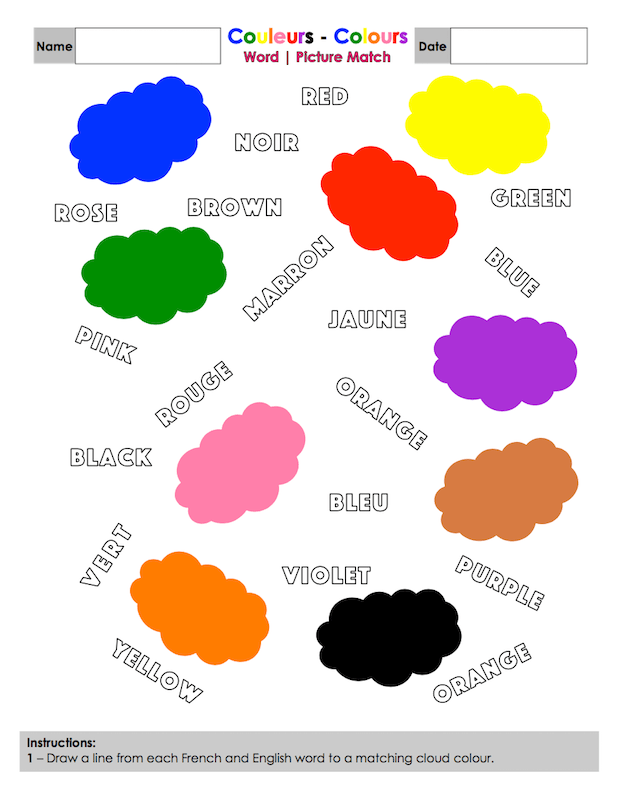Most important math concepts
10 Most Important Math Topics
Table of Contents
Math can be a scoring subject by focusing on the most important math topics. The math topics are the same entailing equal importance irrespective of the grade of the student.
Focusing on the math topics that carry more weightage can help students to secure more marks, and also prepare a strong foundation for other STEM fields.
10 Most Important Math Topics
These math topics are considered significant academically and also lays down the foundation to understand other math concepts in after-school grades.
1. Algebra
Algebra is one of the most important math topics a student must master as the equations, and variables like x,y, and z are all the roots of math topics like integration and differentiation encountered by the student in higher grades and while preparing for competitive exams.
Hence, algebra is one of the essential topics that require students’ focus and attention.
2. Geometry
Geometry is one of the most important math topics a student cannot afford to skip. Shapes are all around us and geometry helps students to understand and calculate the dimensions, positions, and angles of different shapes.
Learning how to calculate the length, breadth, and width is essential for any student aiming to opt for a career in architecture, interior design and even measuring the size of your study table in day-to-day life.
3. Heron’s Formula
Focusing on the calculation of the area, and perimeter of triangles, academically Heron’s formula is one of the important math topics. Questions based on triangles, calculating the areas, and perimeter carry more weightage in the syllabus and assure more marks in exams.
4. Pygaoethores Theorem
A well-known theorem by students, the derivation of the formula and diagram carries marks in itself. Henceforth, students must focus on this theorem from class 5 as one of the important math topics in class 6 math.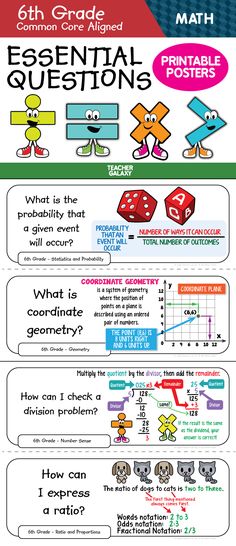
5. Trigonometry
One of the important math topics that study the relationship between the sides, and angles of the same or two different triangles.
6. Circles
Circles are one of the most important math topics in class 10 maths for students preparing for boards. As per the syllabus circles, the math topic entails a lot of weightage. Circles are one of the math topics that are formula-based and can help students to secure more marks in exams.
7. Profit and Loss
Profit and loss are one of the most important math topics in life apart from academics. This math topic is essential for any student aiming for a career in entrepreneurship, finance, accounting, or in general calculating the gains and losses in assets.
8. Percentages
Percentages are one of the most prominent math topics as students compare their performance with their peers based on the percentage secured in exams. Also, percentages are considered one of the important math topics in the class 5 math syllabus.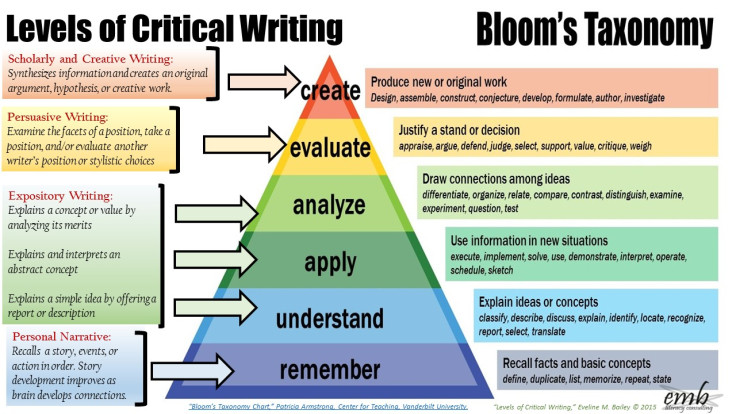
9. Statistics
Statistics is essential and important math topic in the class 9 math syllabus as per the CBSE board. This math topic is also used in Data Analytics and Quantitative Analysis.
10. Probability Theory
Probability theory helps students to calculate the possibilities in cases like cards deck, heads, and tails in coins, probability of winning the match, and many more situations. This is considered one of the most important math topics in the class 9 math syllabus and for students preparing for other Competitive exams.
Other Important Math Topics
Apart from the above-mentioned Math topics, there are other topics that are considered important for students from grade 1 math to grade 10 math and above.
- Number System
- Ratio Analysis
- Integration
- Quadratic Equations
- Mensuration
Conclusion
Foucing on the important math topics can help students to master the basics of math required for a better understanding of other math topics and additionally prepare them for other STEM fields in the future.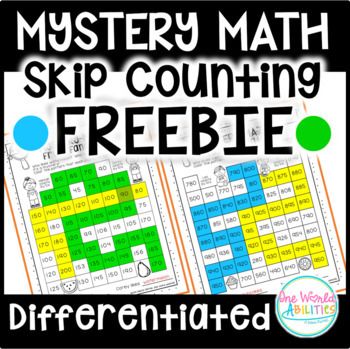
{igebra.ai} Live Online Math Classes make math learning fun and easy focusing on application-based math, and making students fall in love with math!
Learn Basic Math Online
10 Math Concepts You Can't Ignore
Math itself is one big concept, and it's chock full of so many smaller mathematical concepts that no one person can possibly understand them all — even with a good dose of studying. Yet certain concepts are so important that they make the Math Hall of Fame:Sets and set theory
A set is a collection of objects. The objects, called elements of the set, can be tangible (shoes, bobcats, people, jellybeans, and so forth) or intangible (fictional characters, ideas, numbers, and the like). Sets are such a simple and flexible way of organizing the world that you can define all of math in terms of them.
Mathematicians first define sets very carefully to avoid weird problems — for example, a set can include another set, but it can't include itself. After the whole concept of a set is well-defined, sets are used to define numbers and operations, such as addition and subtraction, which is the starting point for the math you already know and love.
After the whole concept of a set is well-defined, sets are used to define numbers and operations, such as addition and subtraction, which is the starting point for the math you already know and love.
Prime numbers go forever
A prime number is any counting number that has exactly two divisors (numbers that divide into it evenly) — 1 and the number itself. Prime numbers go on forever — that is, the list is infinite — but here are the first ten: 2 3 5 7 11 13 17 19 23 29 . . .
It may seem like nothing, but . . .
Zero may look like a big nothing, but it's actually one of the greatest inventions of all time. Like all inventions, it didn't exist until someone thought of it. (The Greeks and Romans, who knew so much about math and logic, knew nothing about zero.)
The concept of zero as a number arose independently in several different places. In South America, the number system that the Mayans used included a symbol for zero. And the Hindu-Arabic system used throughout most of the world today developed from an earlier Arabic system that used zero as a placeholder. In fact, zero isn't really nothing — it's simply a way to express nothing mathematically. And that's really something.
In fact, zero isn't really nothing — it's simply a way to express nothing mathematically. And that's really something.
Have a big piece of pi
Pi (π): The symbol π (pronounced pie) is a Greek letter that stands for the ratio of the circumference of a circle to its diameter. Here's the approximate value of π:
π ≈ 3.1415926535…
Although π is just a number — or, in algebraic terms, a constant — it's important for several reasons:
Geometry just wouldn't be the same without it. Circles are one of the most basic shapes in geometry, and you need π to measure the area and the circumference of a circle.
Pi is an irrational number, which means that no fraction that equals it exactly exists. Beyond this, π is a transcendental number, which means that it's never the value of x in a polynomial equation (the most basic type of algebraic equation).
Pi is everywhere in math. It shows up constantly (no pun intended) where you least expect it. One example is trigonometry, the study of triangles. Triangles obviously aren't circles, but trig uses circles to measure the size of angles, and you can't swing a compass without hitting π.
It shows up constantly (no pun intended) where you least expect it. One example is trigonometry, the study of triangles. Triangles obviously aren't circles, but trig uses circles to measure the size of angles, and you can't swing a compass without hitting π.
Equality in mathematics
The humble equals sign (=) is so common in math that it goes virtually unnoticed. But it represents the concept of equality — when one thing is mathematically the same as another — which is one of the most important math concepts ever created. A mathematical statement with an equals sign is an equation. The equals sign links two mathematical expressions that have the same value and provides a powerful way to connect expressions.
Bringing algebra and geometry together
Before the xy-graph (also called the Cartesian coordinate system) was invented, algebra and geometry were studied for centuries as two separate and unrelated areas of math. Algebra was exclusively the study of equations, and geometry was solely the study of figures on the plane or in space.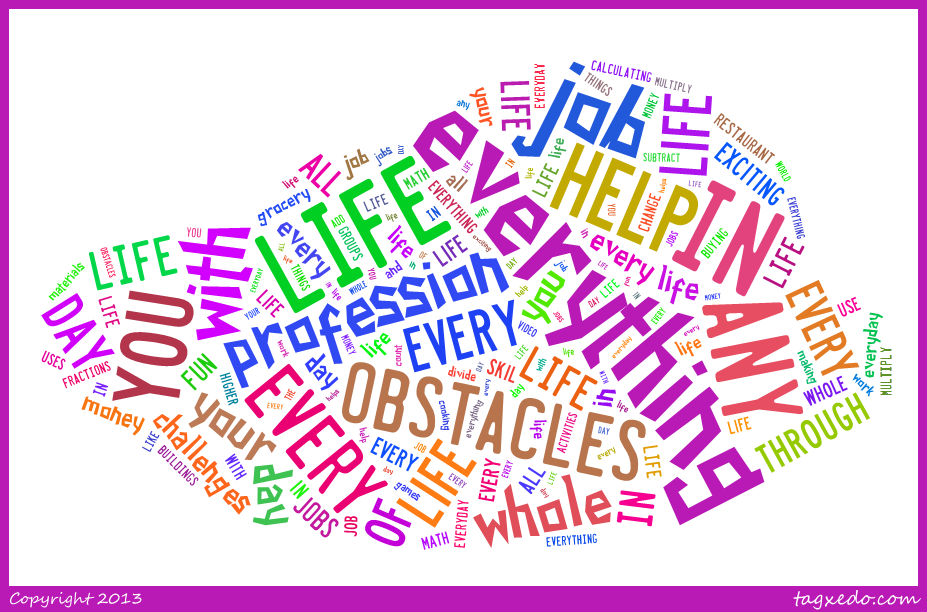
The graph, invented by French philosopher and mathematician René Descartes, brought algebra and geometry together, enabling you to draw solutions to equations that include the variables x and y as points, lines, circles, and other geometric shapes on a graph.
The function: a mathematical machine
A function is a mathematical machine that takes in one number (called the input) and gives back exactly one other number (called the output). It's kind of like a blender because what you get out of it depends on what you put into it. Suppose you invent a function called PlusOne that adds 1 to any number. So when you input the number 2, the number that gets outputted is 3:
PlusOne(2) = 3
Similarly, when you input the number 100, the number that gets outputted is 101:
PlusOne(100) = 101
It goes on, and on, and on . . .
The very word infinity commands great power. So does the symbol for infinity (∞).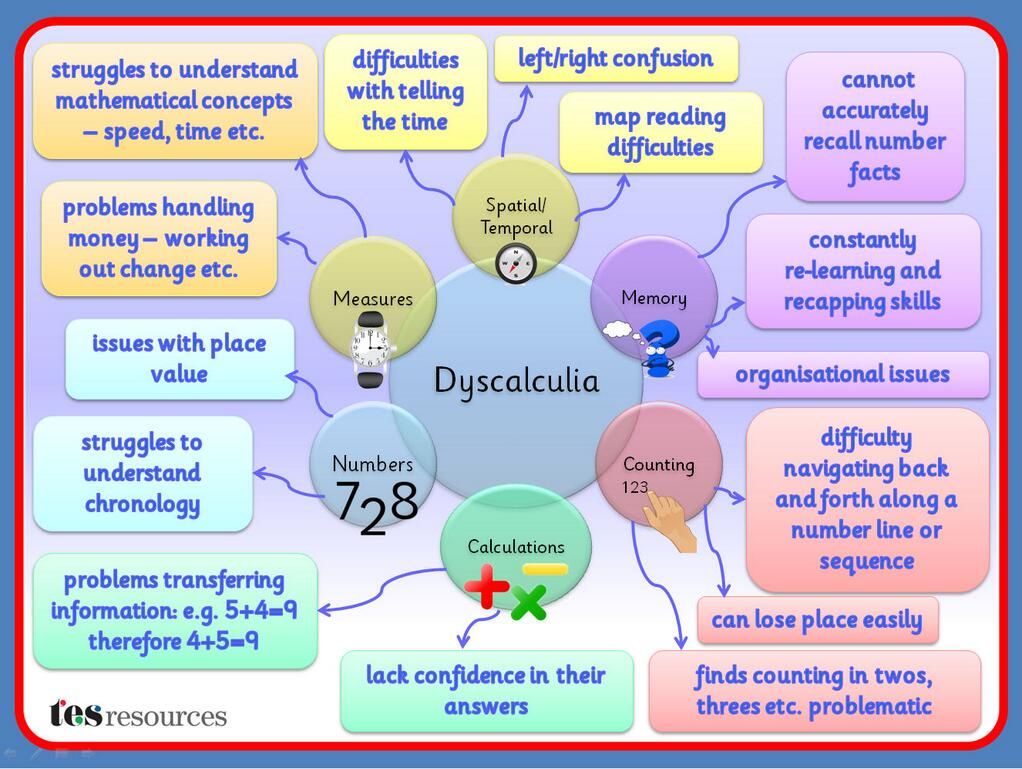 Infinity is the very quality of endlessness. And yet mathematicians have tamed infinity to a great extent. In his invention of calculus, Sir Isaac Newton introduced the concept of a limit, which allows you to calculate what happens to numbers as they get very large and approach infinity.
Infinity is the very quality of endlessness. And yet mathematicians have tamed infinity to a great extent. In his invention of calculus, Sir Isaac Newton introduced the concept of a limit, which allows you to calculate what happens to numbers as they get very large and approach infinity.
Putting it all on the line
Every point on the number line stands for a number. That sounds pretty obvious, but strange to say, this concept wasn't fully understood for thousands of years. The Greek philosopher Zeno of Elea posed this problem, called Zeno's Paradox: To walk across the room, you have to first walk half the distance across the room. Then you have to go half the remaining distance. After that, you have to go half the distance that still remains).This pattern continues forever, with each value being halved, which means you can never get to the other side of the room. Obviously, in the real world, you can and do walk across rooms all the time.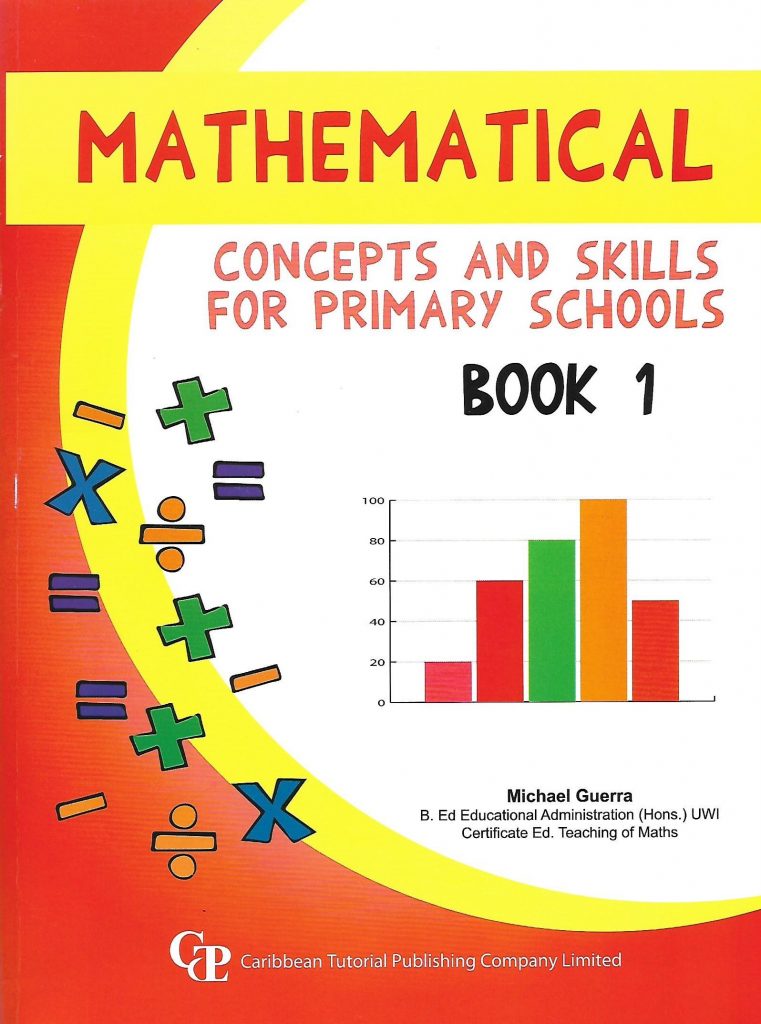 But from the standpoint of math, Zeno's Paradox and other similar paradoxes remained unanswered for about 2,000 years.
But from the standpoint of math, Zeno's Paradox and other similar paradoxes remained unanswered for about 2,000 years.
The basic problem was this one: All the fractions listed in the preceding sequence are between 0 and 1 on the number line. And there are an infinite number of them. But how can you have an infinite number of numbers in a finite space? Mathematicians of the 19th century — Augustin Cauchy, Richard Dedekind, Karl Weierstrass, and Georg Cantor foremost among them — solved this paradox. The result was real analysis, the advanced mathematics of the real number line.
Numbers for your imagination
The imaginary numbers (numbers that include the value i = √ - 1) are a set of numbers not found on the real number line. If that idea sounds unbelievable — where else would they be? — don't worry: For thousands of years, mathematicians didn't believe in them, either. But real-world applications in electronics, particle physics, and many other areas of science have turned skeptics into believers.
So, if your summer plans include wiring your secret underground lab or building a flux capacitor for your time machine — or maybe just studying to get a degree in electrical engineering — you'll find that imaginary numbers are too useful to be ignored.
Basic Concepts of Mathematics — Mathematical Structures Minor — National Research University Higher School of Economics
Course page
Reading: 1-2 2nd year module
Prerequisites: none
Labor intensity: 5 credits
64 class hours:
9001- 32 lecture hours;
- 32 hours of seminars.
Control forms:
- exam;
- 1 test;
- 10 homework assignments.
Teachers
Kirichenko Valentina Alekseevna
Department of Mathematics: Associate Professor
About the course
Purpose of the course:
Master the key mathematical concepts used in modern mathematics and its many applications.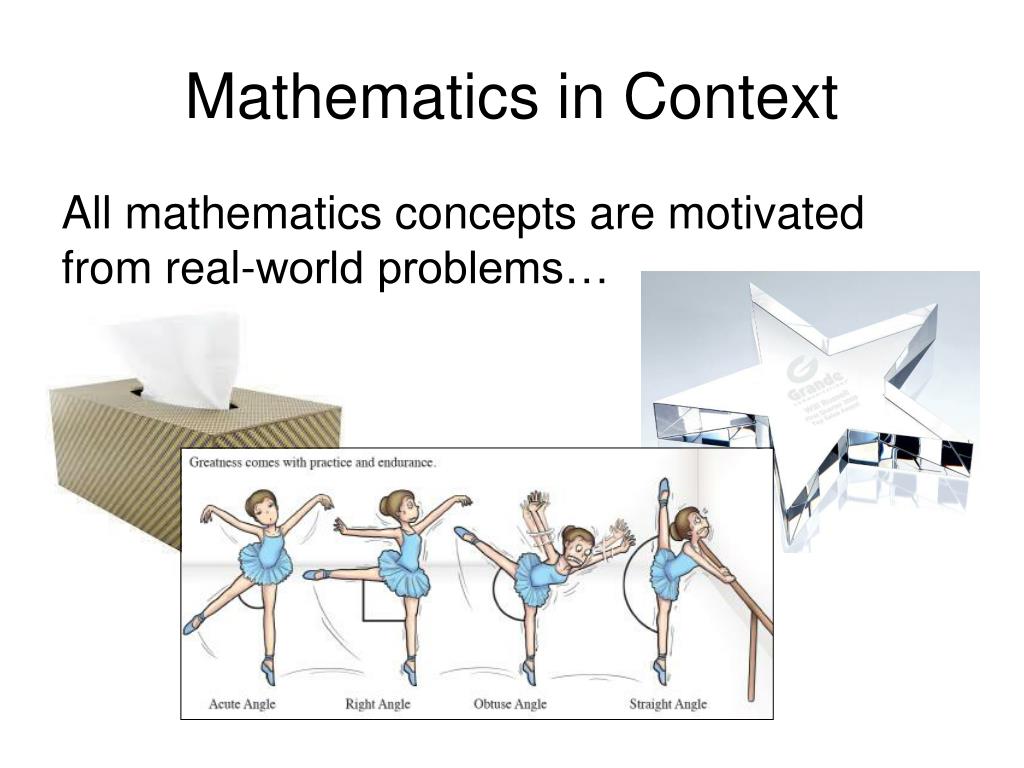 Starting from the concepts of school mathematics familiar to everyone, such as number, line, function, we will get their far-reaching generalizations, such as rings, fields, vector spaces, transformation groups, operators. Students will also learn about the aims, problems, and methods of mathematics, from set theory to the beginnings of algebra, geometry, and analysis.
Starting from the concepts of school mathematics familiar to everyone, such as number, line, function, we will get their far-reaching generalizations, such as rings, fields, vector spaces, transformation groups, operators. Students will also learn about the aims, problems, and methods of mathematics, from set theory to the beginnings of algebra, geometry, and analysis.
The following topics will be discussed in the course:
- What is a number? Natural numbers: Peano's axioms and the method of mathematical induction. Real numbers: Dedekind sections, Cauchy sequences. Complex numbers, quaternions, octaves, p-adic numbers. Generalizations: rings, fields, algebras.
- What is planimetry? Hilbert's formal method: axiom systems of Euclidean geometry from Euclid to Hilbert and Kolmogorov. Groups of motions of the plane and space. Generalizations: linear space axioms, linear operators, bases, dimension, classical groups.
- What is a set? Sets, functions and mappings.
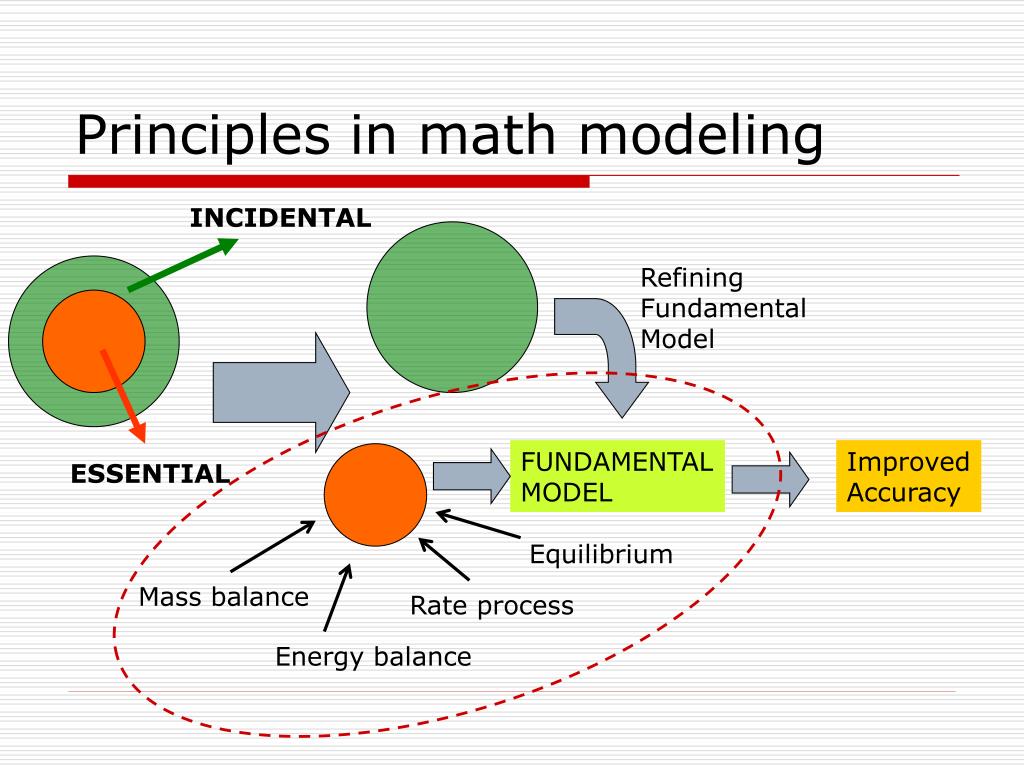 Combinatorics: Dirichlet principle and Newton's binomial. Binary relations, equivalence and order relations. Countable sets, uncountable sets. Cantor's Diagonal Method and the Paradoxes of Naive Set Theory.
Combinatorics: Dirichlet principle and Newton's binomial. Binary relations, equivalence and order relations. Countable sets, uncountable sets. Cantor's Diagonal Method and the Paradoxes of Naive Set Theory.
Homework and seminar tasks:
- DZ1 Seminar1
- DZ2 Workshop2
- DZ3 Seminar3
- DZ4 Seminar4
- DZ5
- DZ6 Seminar5
- DZ7 Seminar6
- DZ8 Seminar7
- DZ9 Workshop8
- DZ10 Seminar9
Lecture notes (2nd module):
- Lectures_until_30_11
Literature:
- V.I. Arnold, Huygens and Barrow, Newton and Hooke, the first steps in mathematical analysis and catastrophe theory, from involute to quasicrystals. M., Nauka, 1989
- D. Hilbert, S. Cohn-Vossen, Visual geometry. M.-L., ONTI, 1936
- G. Gindikin. Stories about physicists and mathematicians. M., MTSNMO, 2006
- A.A. Kirillov.
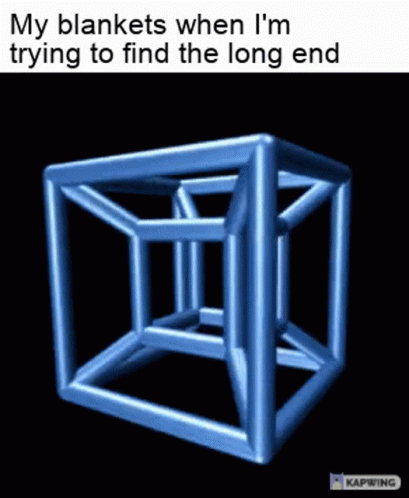 What is a number? M., Fizmatlit, 1993
What is a number? M., Fizmatlit, 1993 - R. Courant, G. Robbins What is mathematics? M., MTSNMO, 2013
- A. Shen. On "mathematical rigor" and the school course in mathematics, M.: MTsNMO, 2006.
Additional reading
S.V. Fomin. Number systems, 5th ed., M., Nauka, 1987
I.V. Arnold. Theoretical arithmetic, M., Uchpedgiz, 1938
A. Shen. Mathematical induction, 3rd ed., M., MTsNMO, 2007
G.E. Shilov. Simple gamma (device of a musical scale), Fizmatgiz, 1963
D. Hilbert. Foundations of Geometry, L., "The Sower", 1923
Euclid. Nachala, St. Petersburg, 1819
V.Yu. Protasov. Maxima and minima in geometry, Library "Mathematical Education", Issue 3, MCNMO, 2005
N.Ya. Vilenkin. Theory of sets, 4th ed., M., MTsNMO, 2007
Other minor courses:
- Computability and complexity
- Logic
- Graphs and topology
Basic mathematical concepts
The FEMP methodology in the system of pedagogical sciences is designed to help prepare preschool children for the perception and assimilation of mathematics - one of the most important subjects in school and the comprehensive development of the child.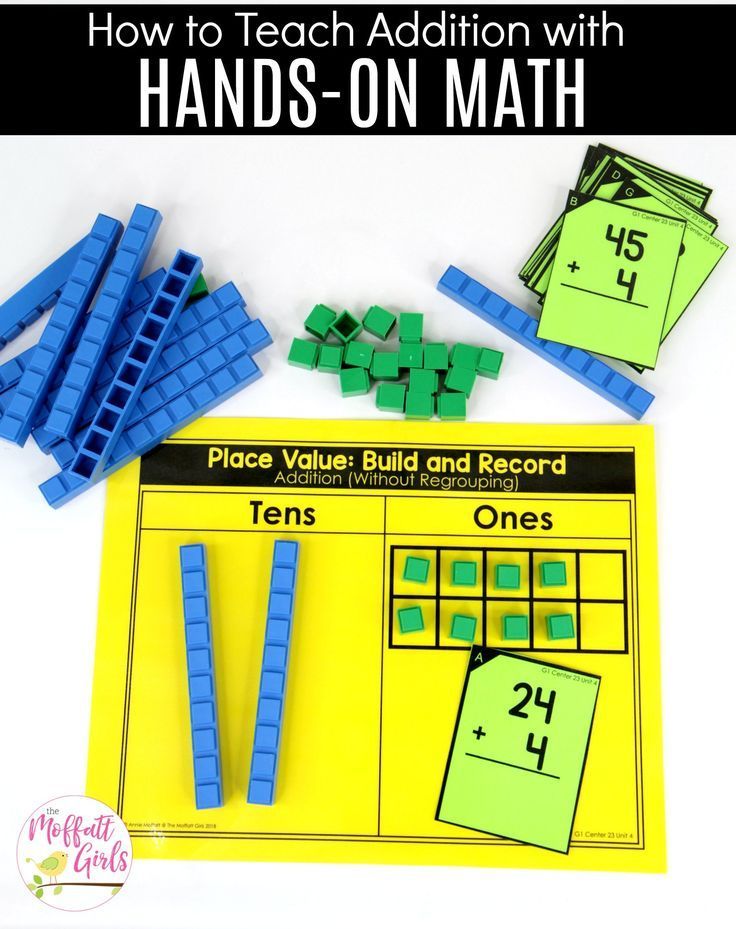
The FEMT technique has a specific, purely mathematical terminology .
This is:
- set;
- number;
- counting and computing activities;
- value;
- geometric figures;
- time;
- space.
SET is a collection of objects that are considered as a whole . The world in which a person lives is represented by a variety of sets: a lot of stars in the sky, plants, animals around him, a lot of different sounds, parts of his own body.
Sets are made up of elements. The elements of the set are the objects that make up the set. These can be real objects (things, toys, drawings), as well as sounds, movements, numbers, etc. .
The elements of a set can be not only individual objects, but also their combinations . For example, when counting in pairs, triplets, tens. In these cases, the elements of the set are not one object, but two, three, ten - a set.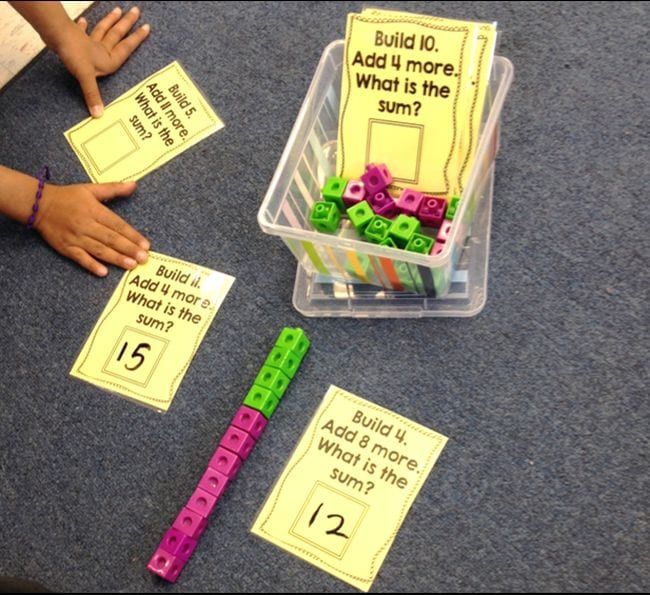
Thus, sets are considered as a set , a set , a collection of any objects and objects, united by a common, for all, characteristic property .
Any property can be considered as belonging to some objects.
Attention!
If you need help writing a paper, we recommend that you contact professionals. Over 70,000 authors are ready to help you right now. Free corrections and improvements. Find out the value of your work.
Calculation costGuaranteesReviews
For example, has the property of being red some flowers, berries, cars and other items. The property of being round is possessed by the moon, the ball, the wheels of bicycles and cars, parts of various machines and machine tools, etc.
Thus, each property is associated with a set (objects) that have this property. It is also said that the set is characterized by the given property - or the set is given by indicating the characteristic property.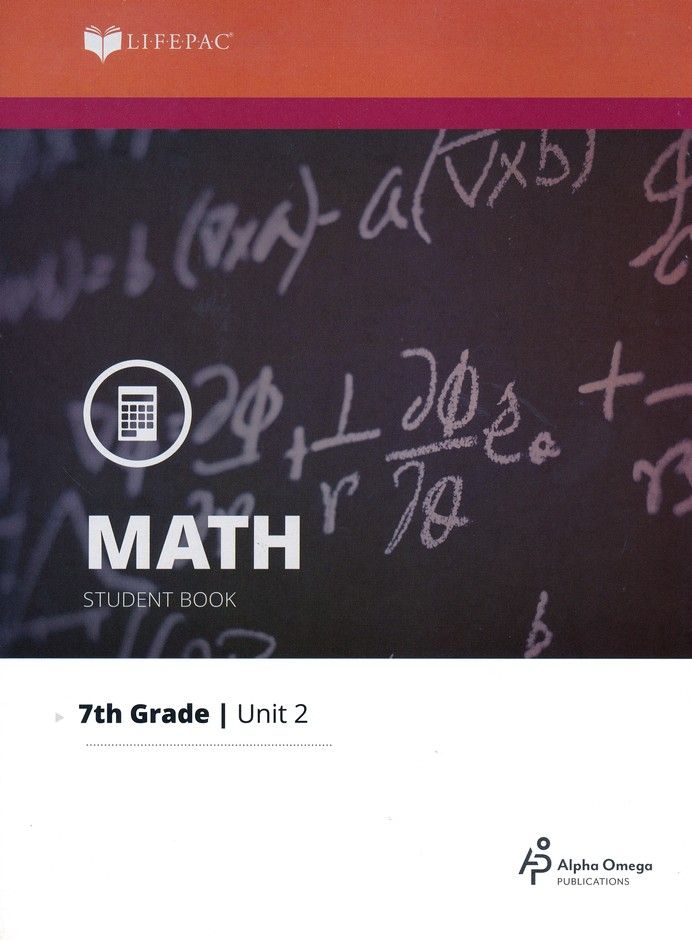
Under the characteristic property of a set is understood such a property, which all objects belonging to a given set (elements of this set) have, and not a single object that does not belong to it, i.e. this item is not its element.
If some set A is specified by specifying characteristic property P , then it is written as follows:
A = { x | P ( x )}
and reads like this: “ A is the set of all x such that x has the property P ”, or, in short, “A is the set of all having property P ". When they say: "the set of all objects that have the property P", they mean those and only those objects that have this property.
Thus, if the set A is given by the characteristic property P , then this means that it consists of all objects that have this property, and only of them. If any a has the property P , then it belongs to the set A , and, conversely, if the object a belongs to the set A , then it has the property P .
An infinite set of objects can have some property, only a finite set can have another property. Therefore, the sets are subdivided into end and end .
A finite set can be specified by direct enumeration of all its elements in an arbitrary order. For example, the set of children of a given group living on Sadovaya Street can be described using a characteristic property: { x | x - lives on Sadovaya Street) or listing all its elements in an arbitrary order: {Lena, Sasha, Vitya, Ira, Kolya}.
It is quite clear that an infinite set cannot be defined by listing all of its elements .
Mathematics mostly deals with infinite sets (numbers, points, figures and other objects), but the basic mathematical ideas and logical structures can be modeled on finite sets.
Naturally, in pre-mathematical preparation usually deals with finite sets .
COUNT - first and main mathematical activity based on element-by-element comparison of finite sets.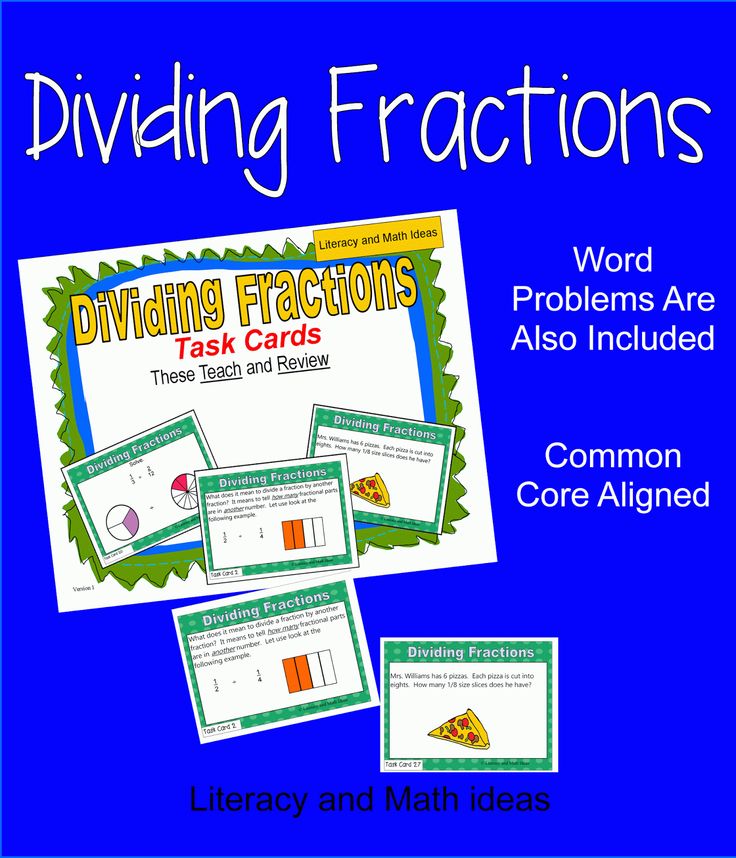
NUMBER is the general invariant category of the set , which is an indicator of the cardinality of the set. This is just a sound designation.
Theoretical foundations for the formation of elementary mathematical concepts in preschoolers include a detailed study only of the system of natural numbers . Therefore, when we say "numbers", we mean natural numbers.
NUMBERS - a system of characters (“letters”) for writing numbers (“words”) (numerical characters). The word "digit" without specification usually means one of the following ten characters: 0 1 2 3 4 5 6 7 8 9 (so-called "Arabic numerals"). Combinations of these numbers generate two (or more) digit numbers.
The number has 2 values : number and ordinal.
With a quantitative value of , we are interested in the number of elements in the set. We use the question HOW MUCH? and we start counting with the cardinal number ONE.
With the ordinal value of a number, we are interested in the place of the number among others or the ordinal number of the element in the set.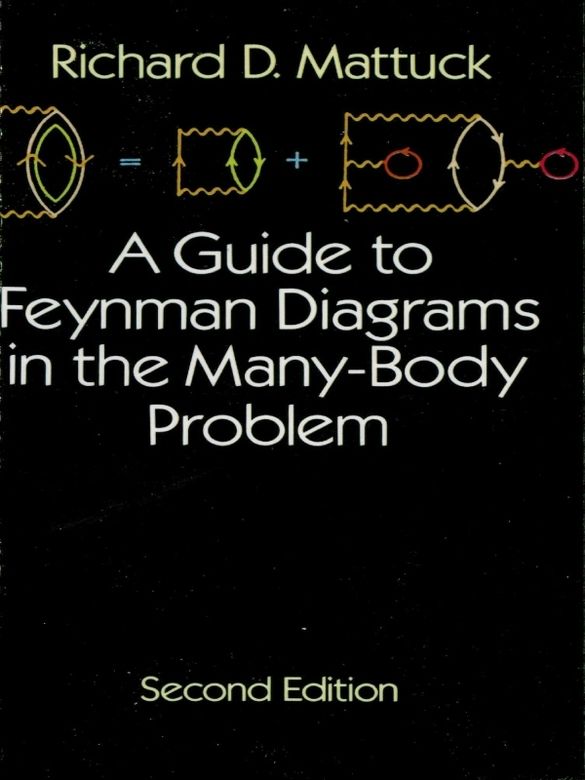 The question is WHICH COUNTS? and set the direction of the account. Ordinal numbers are used, counting begins with the word FIRST.
The question is WHICH COUNTS? and set the direction of the account. Ordinal numbers are used, counting begins with the word FIRST.
When we talk about quantity, it does not matter the direction of the count, the object from which the count started. The final number does not change. With an ordinal count, the final number may change.
COUNTING is considered as an activity with specific elements of the set, in which a relationship is established between objects and numerals. The study of numerals and sets of objects leads to the assimilation of counting activities.
CALCULATION ACTIVITY - is an activity with abstract numbers, carried out through addition and subtraction. The simple naming of numerals will not be called counting activity. The system of computational actions is formed on the basis of quantitative knowledge.
VALUE is the quality and property of an object, with the help of which we compare objects with each other and establish a quantitative characteristic of the compared objects.
The concept the value in mathematics is considered as the main one.
A direct answer to the question “what is a quantity?” no, since the general concept of magnitude is a direct generalization of more specific concepts: length, area, volume, mass, speed, etc.
The size of an object is its relative characteristic , emphasizing the length of individual parts and determining its place among homogeneous ones. The value is a property of an object perceived by various analyzers: visual, tactile and motor. In this case, the size of an object is most often perceived simultaneously by several analyzers: visual-motor, tactile-motor, etc.
Item size, i.e. item size , determined by only based on comparison . It is impossible to say whether it is a large or a small object, it can only be compared with another.
The perception of the value depends on the distance from which the object is perceived, and also on the size of the object with which it is compared . The farther an object is from the one who perceives it, the smaller it seems, and vice versa, the closer it is, the larger it seems.
The farther an object is from the one who perceives it, the smaller it seems, and vice versa, the closer it is, the larger it seems.
The characteristic of the size of the object also depends on its location in space . The same object can be characterized either as high (low), or as long (short). It depends on whether it is in a horizontal or vertical position. So, for example, in the figure, objects are located in a vertical position and are characterized as high and low, , and in another figure (in a horizontal position), these same objects are characterized as long and short.
The value of an item is always relative , it depends on which item it is compared to . Comparing an object with a smaller one, we characterize it as a larger one, and comparing the same object with a larger one, we call it a smaller one.
So, the value of a particular object is characterized by such features : comparability, variability and relativity.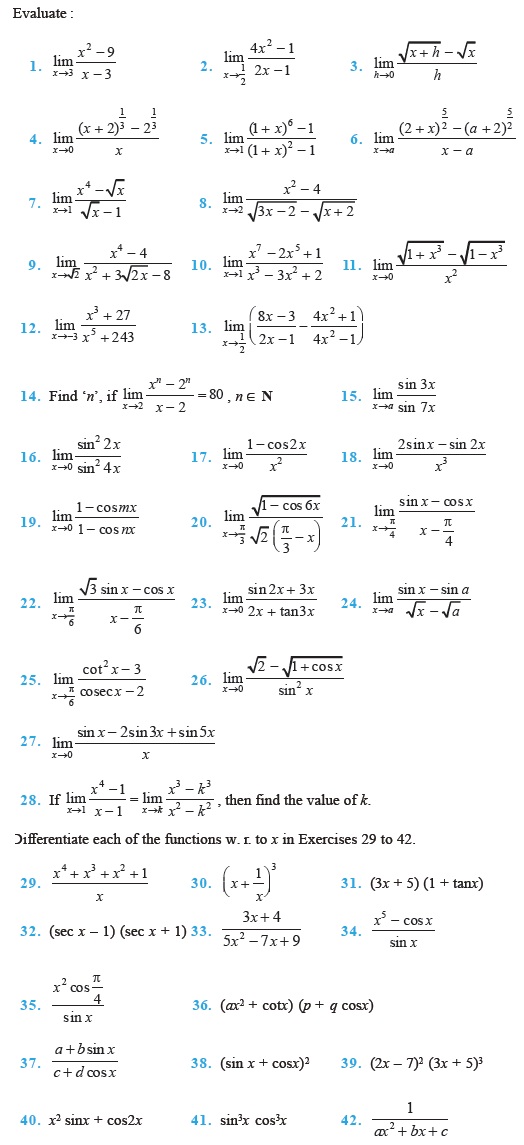
1) comparability carried out by:
- overlay,
- application,
- measurement using a conditional measure,
- comparison by eye.
2) relativity - depends on the object with which we compare, on the distance at which we compare, on the location in space.
3) variability . Size is closely related to size. And size is a property of magnitude variability. Each item has its own generic purpose. It can change its dimensions without changing its essence.
GEOMETRIC FIGURE is an abstract concept with the help of which we personify all the objects around us in form.
A geometric figure is the presence of points on a plane, limited by space.
Figures are flat (circle, square, triangle, polygon…) and spatial (ball, cube, parallelepiped, cone...), which are also called geometric bodies.
GEOMETRIC BODY is a closed part of space, limited by flat and curved surfaces.
If the surface bounding the body consists of planes, then the body is called a polyhedron . These planes intersect along straight lines, which are called edges, and form the faces of the body. Each of the faces is a polygon whose sides are the edges of the polyhedron; the vertices of this polygon are called the vertices of the polyhedron.
Some polyhedra with a certain number of faces have special names : tetrahedron - tetrahedron, hexahedron - exahedron, octahedron - octahedron, dodecahedron - dodecahedron, twenty-sided - icosahedron.
What is a geometric FORM?
SHAPE is the outline, the outer appearance of an object.
Form (lat. forma - form, appearance) – the relative position of the boundaries (contours) of an object, object, as well as the mutual position of the line points.
TIME is a philosophical concept that is characterized by the change of events and phenomena and the duration of their existence.